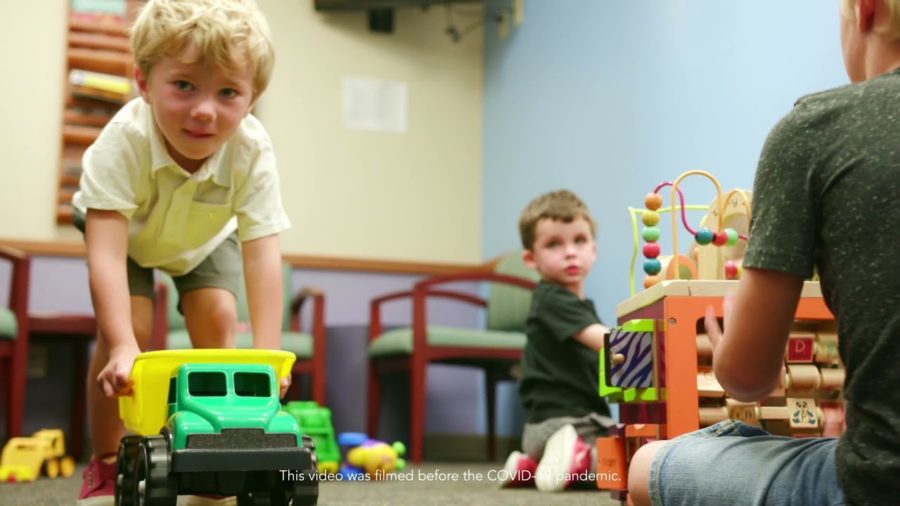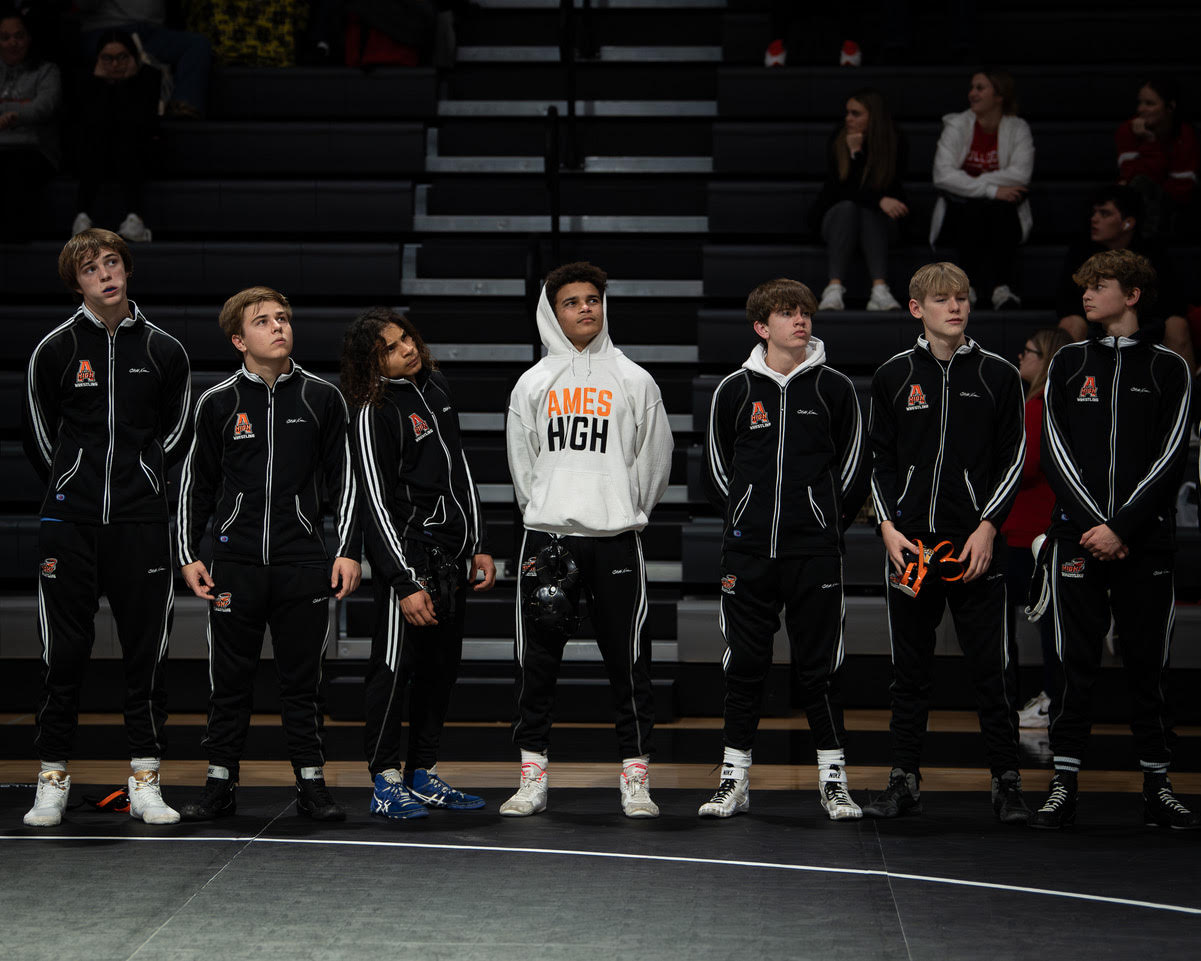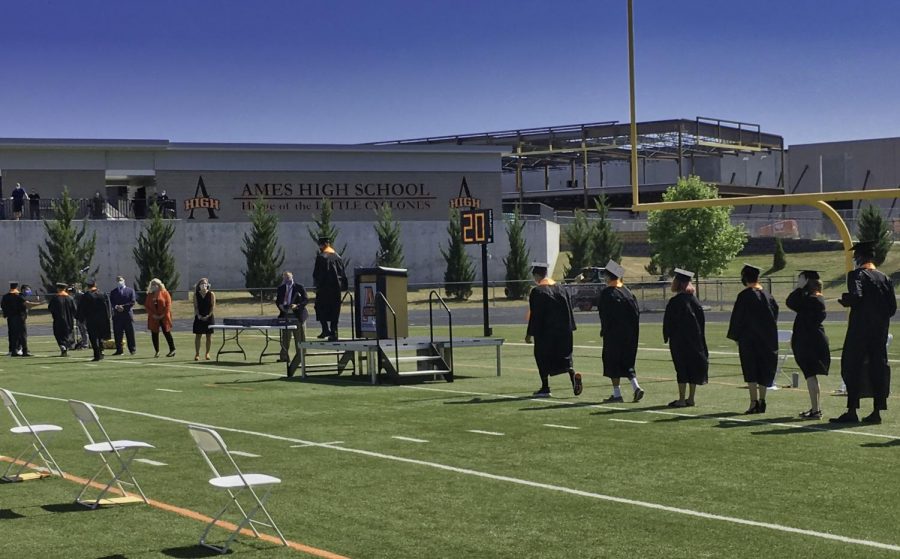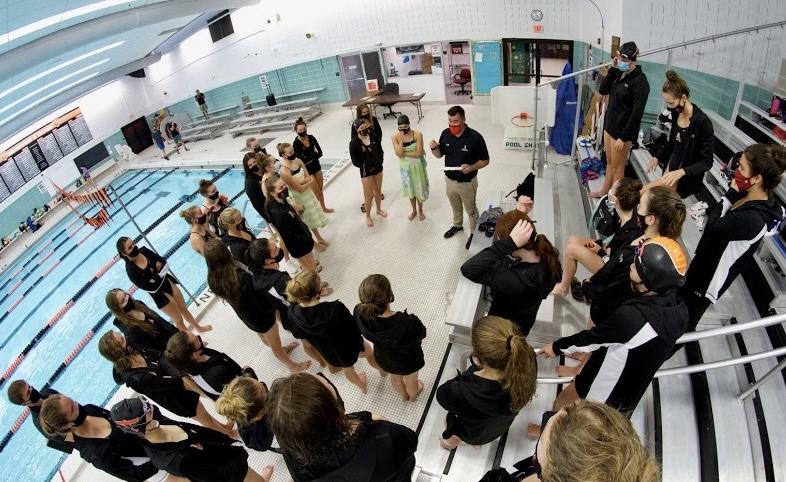After many months of negotiations with PETA (People for the Ethical Treatment of Animals), Burger King has shifted its purchasing policies to suppliers who raise livestock by the least cruel means. 10 percent of Burger Kingâs purchased meat now comes from farms that do not enclose their pigs in gestation crates, metal cages so limited in space that animals cannot turn around, and will increase that number to 20 percent by the end of the year. Likewise, two percent of purchased eggs will be bought from suppliers that do not breed hens in battery cages, which will be doubled by the end of the year as well. This move has upped the competition in the fast food industry as well as calmed down many animal-rights groups. Ever since 2001, when the âMurder Kingâ campaign was launched, PETA has strongly urged Burger King to stop buying meat from slaughterhouses that fail audits. Burger King is one of the many fast food chain restaurants targeted by PETA, following McDonaldâs with a similar âMcCrueltyâ campaign in 2000 and âWicked Wendyâsâ in 2001. Burger Kingâs second revision of animal cruelty codes gives preference to meat suppliers that practice controlled-atmosphere killing, the least brutal way of slaughter. Exactly how brutal are the living conditions of the animals bred for burgers? It is extremely usual to find female pigs called breeding sows constricted to two-foot wide stalls. Remaining there for the majority of a lifetime, sows are only removed before giving birth, which averages out to be about 20 piglets per year. With no room to turn or lay down, many are butchered because of fatal infections coming from open skin constantly being rubbed against the crates. Hens are also confined to âbattery cages,â which are roughly 18 by 20 inches, and share the premises with as many as 11 others. Without being able to spread a wing or move, they become dehydrated and are oftentimes starved to encourage more eggs. Worst of all, these âbattery cagesâ are arranged in rows and columns, stacked on top of one another, allowing waste to descend to the lower ones. Hens dying of starvation and greatly damaged immune systems are left to rot amongst their still alive cage mates. This environment, richly concentrated with feces and ammonia, isnât something a person considers when gorging down a Double Whopper. As the free range guideline is entering the mainstream of food vendors, vegetarians are becoming slightly happier, and the rest more aware. However, it is important to remember that still, 80 percent of all Angus Steak Burgers were once inhumanely butchered.
Burger King yields to PETA (kind of)
Sofiya Hupalo
•
April 30, 2007
Story continues below advertisement
Leave a Comment
Donate to The WEB
$0
$450
Contributed
Our Goal
Your donation will support the student journalists of Ames High School, and Iowa needs student journalists. Your contribution will allow us to cover our annual website hosting costs.






































